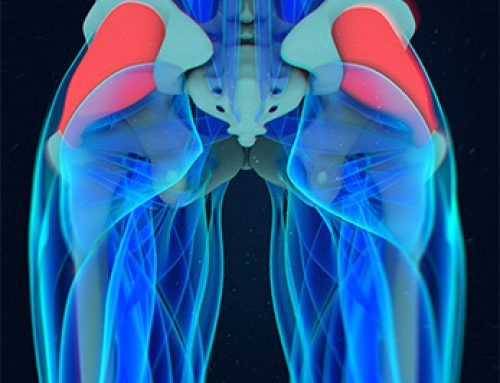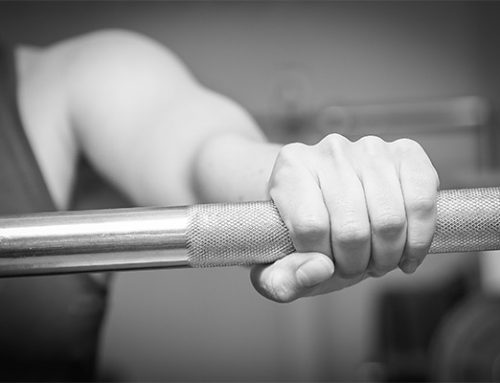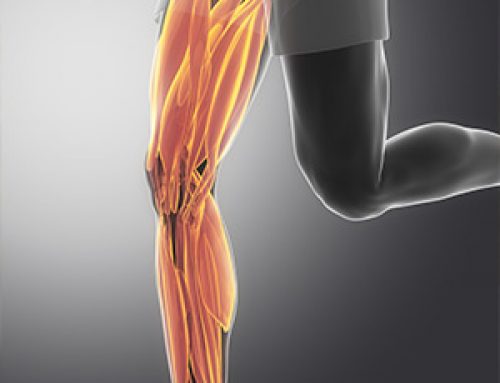As occupational health physiotherapists, it’s our job to help people achieve optimum health and prevent them from becoming injured at work. One of the best (and easiest) ways to prevent injury in the workplace is to make sure your space is set up ergonomically. That is, your environment and equipment are set up to ensure safe weights, forces and reach distances.
For people who work in an office, an ergonomic environment means having your chair at the correct height and tilt to facilitate good posture and sitting at a distance from the desk that is good for your eyes, arms, back and shoulders, among other adjustments. These adjustments, small as they may seem, amount to huge health benefits in the long run.
Why Should a Workstation Be Set Up Ergonomically?
Any physiotherapy practitioner can warn you of the dangers of not setting up your workstation ergonomically. It’s exceedingly common for office workers to require physiotherapy for neck pain, lower back pain treatment, and to book in for regular remedial massages to help relax stiff, overworked (and underworked) muscles. Office workers who work in non-ergonomic conditions risk overuse injuries like tendonitis, RSI, carpal tunnel syndrome and are more susceptible to arthritis and deteriorating eyesight. The benefit of an ergonomic workstation is that a high number of health risks are lowered – and it means your workspace is more comfortable too!
How to Set Up an Ergonomic Workstation

Posture and Chair Placement
Your chair position should help you achieve a comfortable position based on your natural posture. Your back should be supported and slightly curved with your tailbone sticking out a little and your feet flat on the floor.
Sit forward so there’s a little room between the outer edge of your chair and the back of your knees. If this means the chair is too deep for your back to be supported, you might need to add a lumbar support.
Keyboard and Mouse Placement
To determine the correct position for your wrists, place your elbows by your sides and bend your elbows to 90 degrees. Your forearms should be a few inches above your thighs. The space between your arms should remain roughly at shoulder-distance as much as possible.
In the ideal wrist position, your wrists should not be bent up or down too harshly, but in a fairly straight, neutral position. You can achieve this position by choosing a keyboard that has a palm rest and avoiding using the stand tabs that raise the keyboard at the back. It’s always a good idea to use a wrist rest for the mouse to ensure your wrist is supported and remains at the same height as your hand.
Movement
No matter how ergonomic your workstation is physical activity is still essential for avoiding soreness and injury. Take a break every 30-60 minutes to take a short walk and stretch your muscles.
For advice on how to set up your office from occupational health physiotherapists, contact the team at Aim Physiotherapy & Work Health Solutions by calling 08 8331 1557 today. We offer physiotherapy for neck pain, back pain and other work-related injuries in Adelaide.



